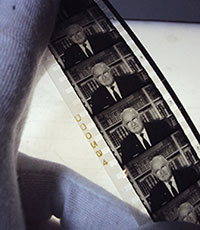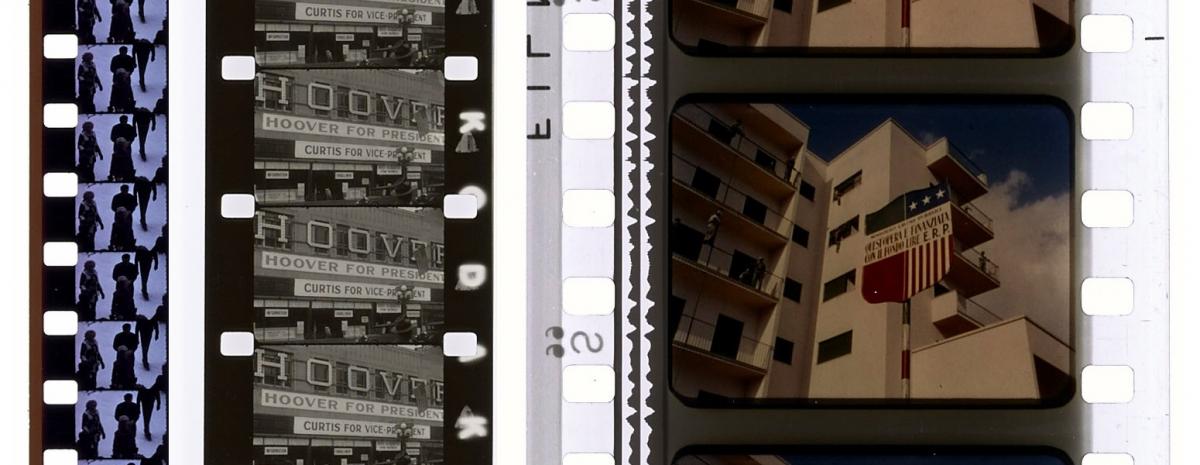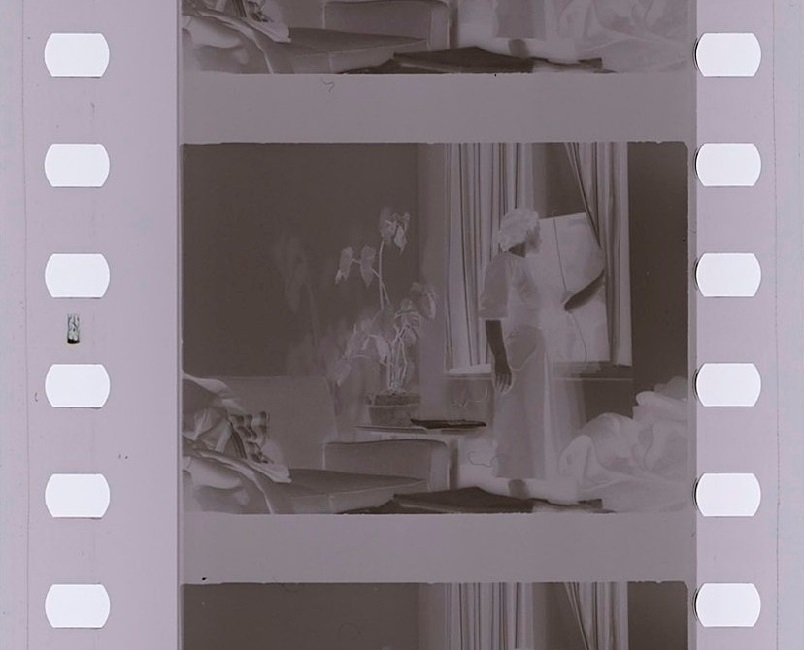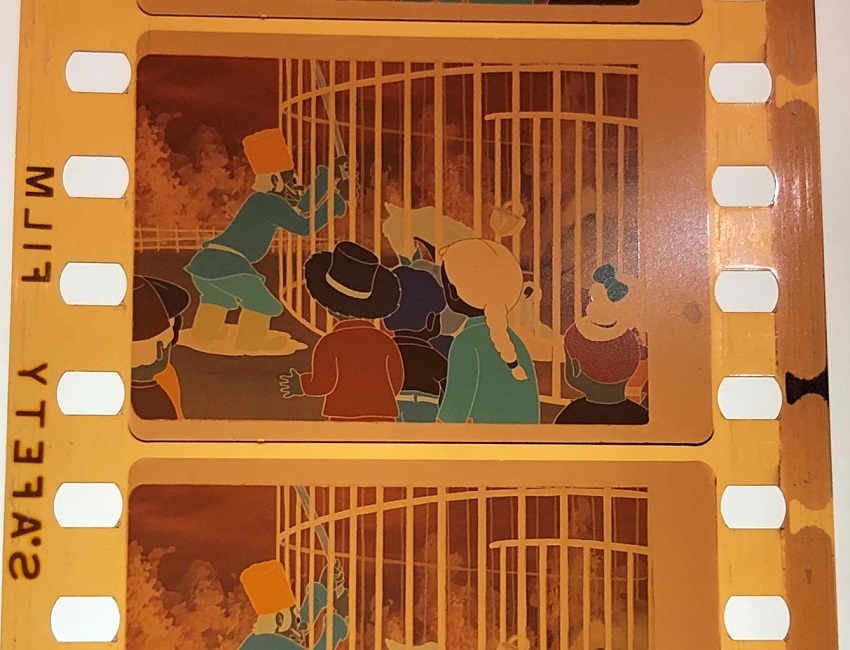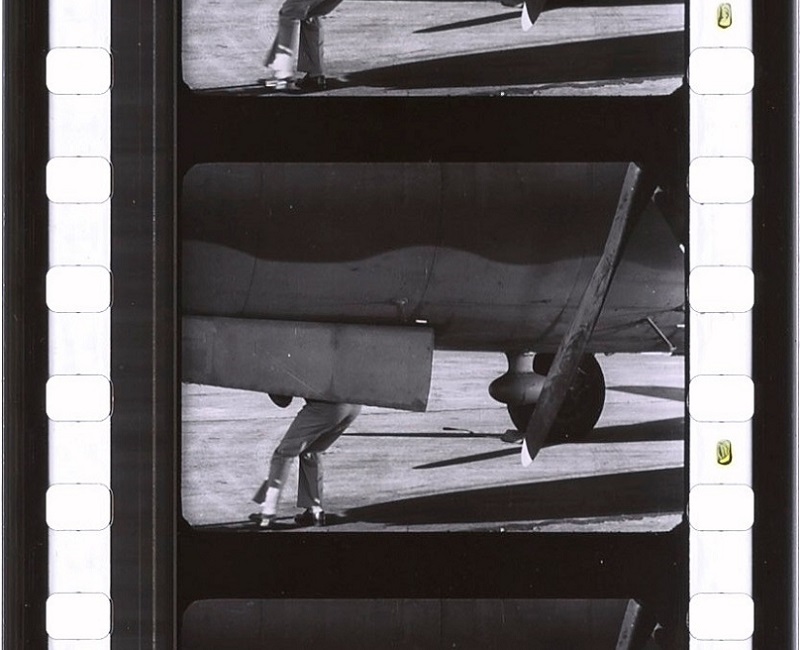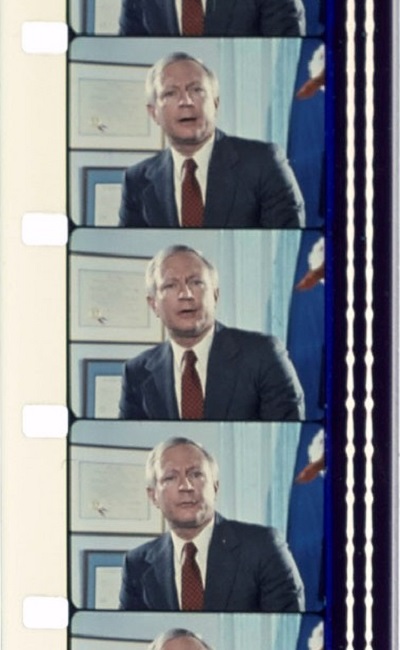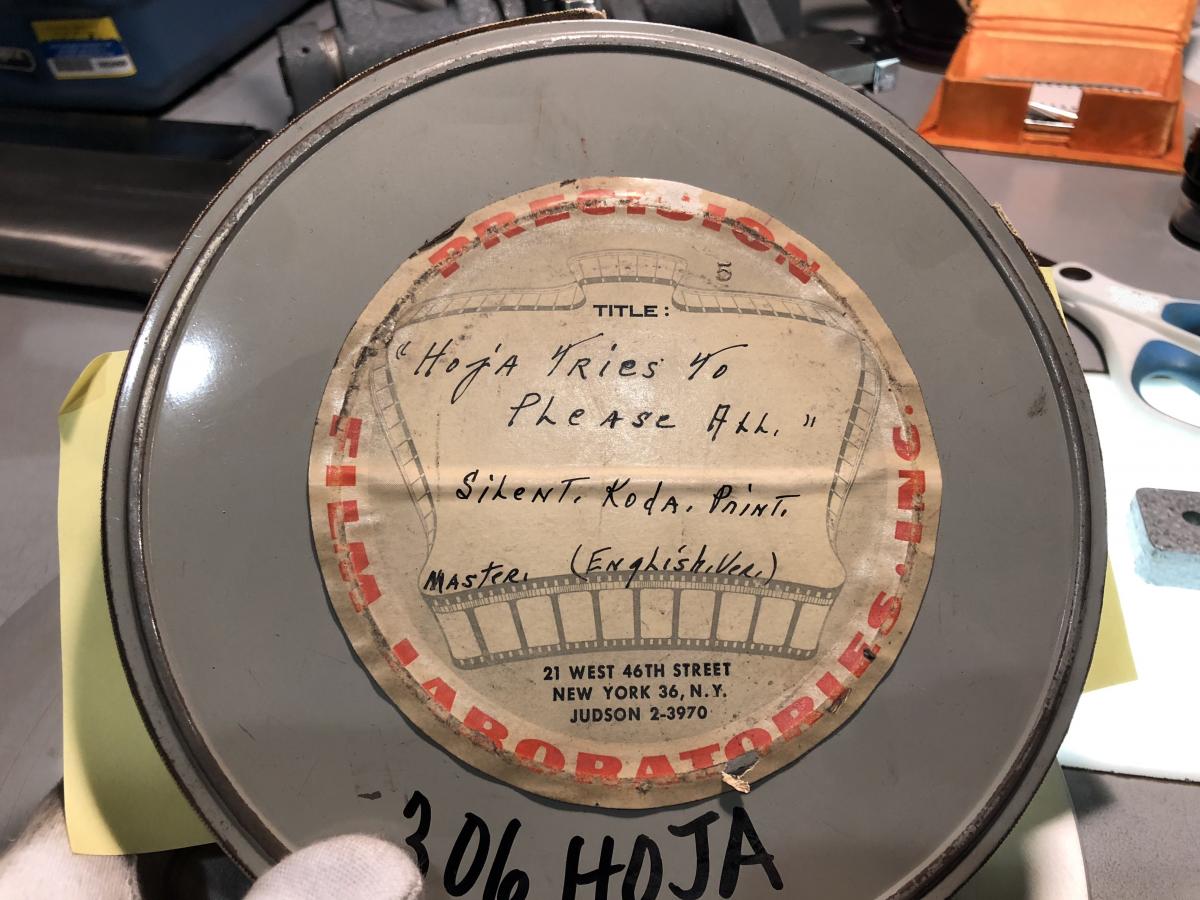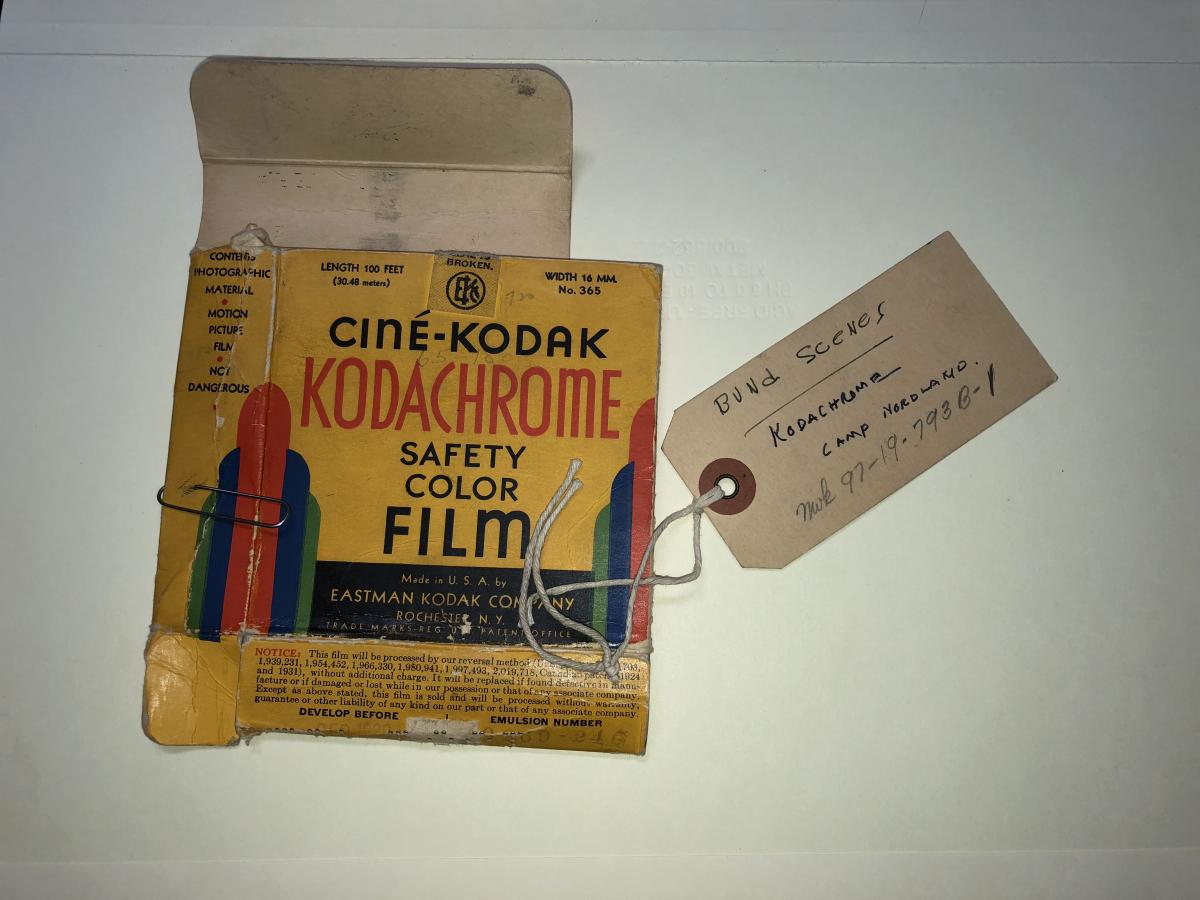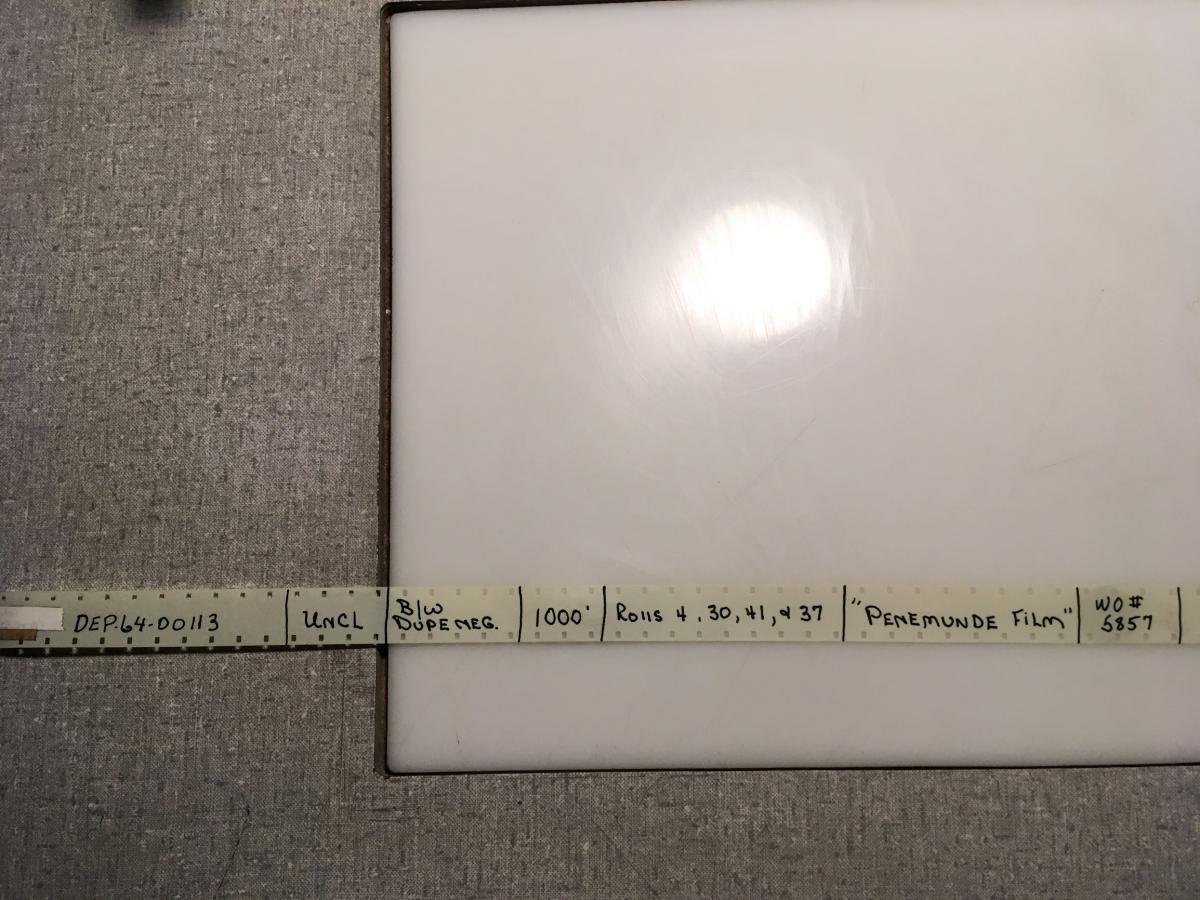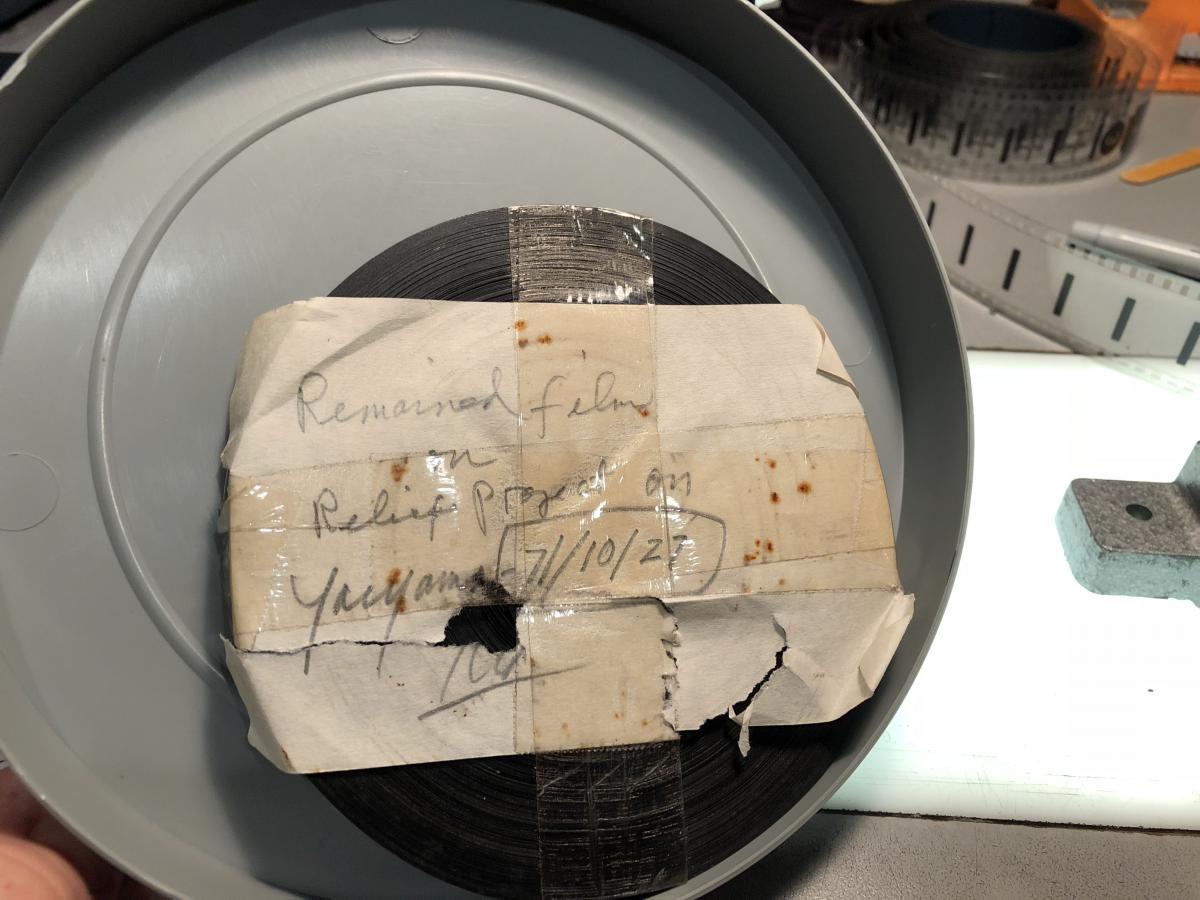
Motion Picture Film Guidance: Identifying Motion Picture Film Formats
How Do I Identify Motion Picture Film Formats?
Most people and institutions do not have the equipment necessary to view motion picture films. If you have access to a projector, be sure to evaluate both the projector and the condition of the film before you consider using it. Film may be easily damaged by a projector if it has not been maintained regularly or if the film has condition issues. If you wish to preserve and protect the content of the film, we recommend seeking out a service provider with experience working with archival motion picture film. The service provider will be able to help stabilize your film and create a digital copy for viewing or preservation.
Once you have confirmed that you have a film (refer to our Film Characteristics page) you can identify other properties that will help you talk to a service provider about it. You can do this even if you do not have film handling or viewing equipment. You should gather the following information about the film and then may use our Determining Condition webpage to perform a quick condition assessment in order to assist the service provider in planning a course of action.
- What is the film gauge? The primary characteristic by which we refer to film is the gauge. This tells us the width and the type of perforations in the film. Gauges range from 7.5mm to 105mm, although 8mm, 16mm, and 35mm are most common. Super 8 is a common home movie format that is 8mm wide but has smaller perforations to allow for a larger image on the film.
- Is the film black and white or color?
Prior to modern color film processes, film was sometimes hand-painted, tinted or toned in order to add color. There are also many early processes that required extra equipment to present the image in color. More modern color processes embed dyes or pigments in discrete layers within the emulsion to create successive layers of cyan, magenta, and yellow that combine to create full color.
- Is it a negative or a positive? A positive looks like a normal image. In a negative, the colors and densities are the opposite of how they appear in real life. In addition, the film base of a black and white negative will usually have a gray cast; a color negative will have an orange cast.
- Is there sound on your film? A soundtrack could appear in several ways, with the most common being a squiggly or banded line beside the picture (called an optical track) or a brown stripe that is adhered to the edge of the film (called a magnetic stripe).

Variable Area Soundtrack |
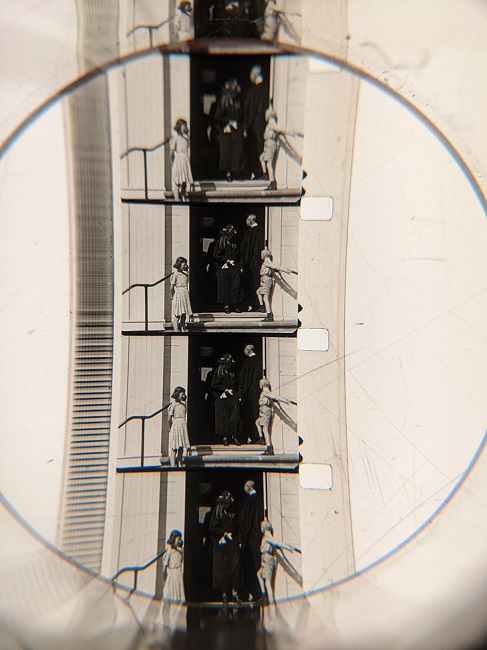
Variable Density Soundtrack |
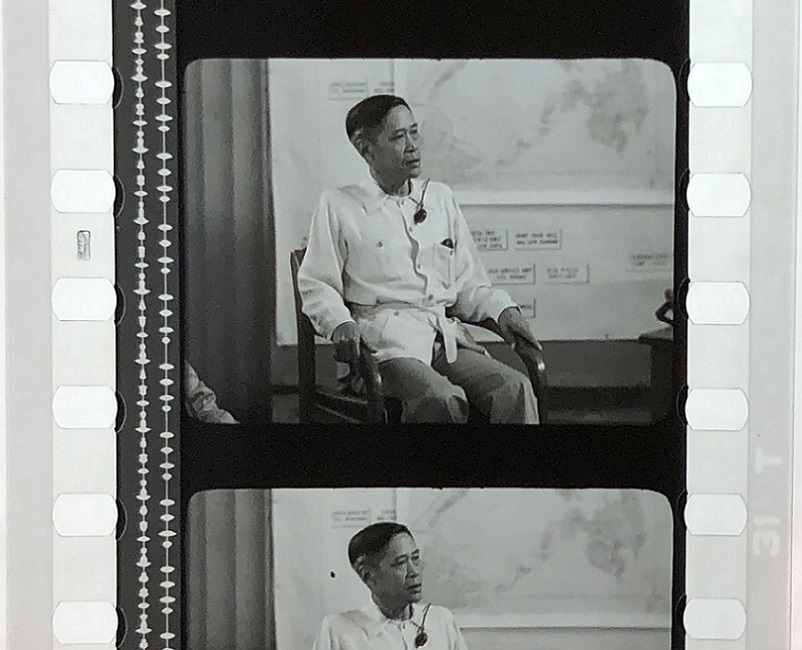
Push-Pull Soundtrack |
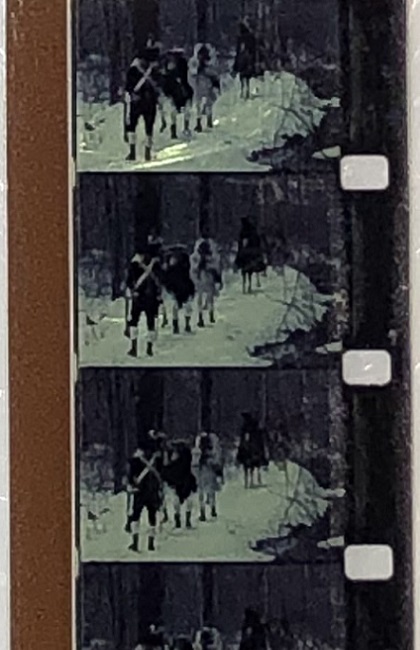
Magnetic Stripe Soundtrack |
Sometimes you will see a piece of film that only contains the soundtrack and no picture. These may also be optical or magnetic.
In other cases, sound was recorded on disc or some other media meant to sync with the film during playback.
- What identifying information is printed on the can or the film leader? Are there related printed materials available that describe the film? You may be able to gain useful clues about the format and content of your film from what is written on film containers and leader.
Where can I find more information?
- For more technical information about film identification, see the National Film and Sound Archive of Australia’s Guide.
- For further assistance in the identification of motion picture and other film formats visit the Rochester Institute of Technology’s FilmCare.org.
- For an extremely detailed flow chart of 16mm film formats, see Brian Pritchard’s 16mm Film Identification Guide. Pritchard also has a detailed flow chart for 35mm identification.
- The Timeline of Historical Film Colors provides detailed information about color systems, going back to the earliest days of film.
